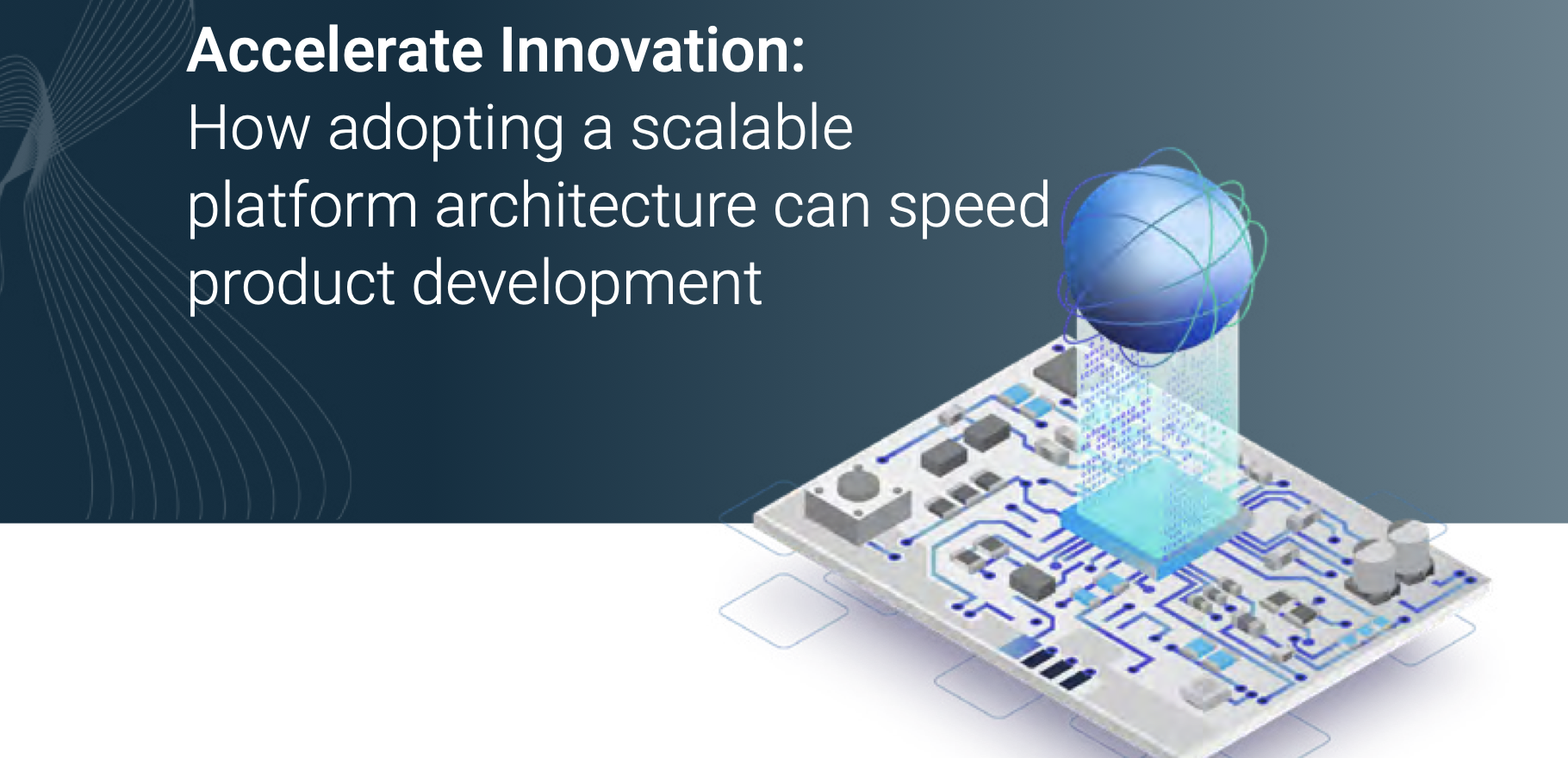[White Paper] Speed Product Development With a Scalable Platform Architecture | SPONSORED
Sponsored by BlackBerry QNX
OEMs in nearly every industry are becoming software-driven. But while software can provide differentiation, inefficiencies in internal development teams can throttle product innovation and lengthen time to market. These inefficiencies are often based on a growing array of one-off design decisions, each leading to different hardware and software technology choices that need to be managed and supported by some of the company’s most valuable development resources. OEMs need their software development organizations to quickly and cost- effectively improve their competitive position through new product introductions (NPIs) and by adding in-demand features and capabilities to existing product lines.
Scalable Platform Architecture Speeds Time to Market
One solution is the migration to a standard, scalable platform based on a single processor architecture and commercial operating system (OS). With a standard platform architecture for all products, OEMs can take advantage of proven methods to accelerate product innovation and time to market, make better use of limited developer resources, and reduce development inefficiencies and costs.
The Advantages of a Platform Strategy
There are six key advantages to adopting a platform strategy:
1. Accelerate time to market for new products
OEMs can quickly develop new products by leveraging the code base from other products and developing only software needed to integrate unique components or hardware. This is especially true if the OS vendor possesses a rich set of BSPs so new hardware can be brought up quickly. With a microkernel OS and a shared library of software components, OEMs can increase NPI volume and reduce time to market with the same number of developers.
2. Reduce hardware supply chain risk
Selecting a standard processor architecture such as Arm or Intel x86, OEMs are no longer at the mercy of a single board provider. With a commercial microkernel OS and BSPs, OEMs can swap hardware as needed to address cost concerns or supply chain interruptions without having to start from scratch for every project.
Learn about the four additional advantages, and how to speed product development using a scalable platform IIoT architecture. You’ll also see how a manufacturer went from 1 new product introduction per year to 4, in this White Paper from BlackBerry QNX.
Learn more about QNX vs Linux



